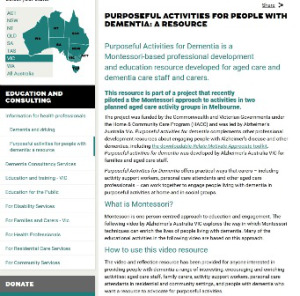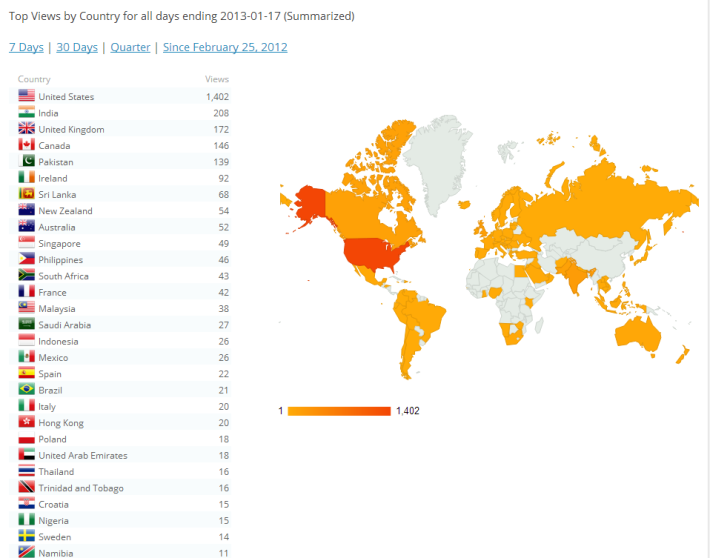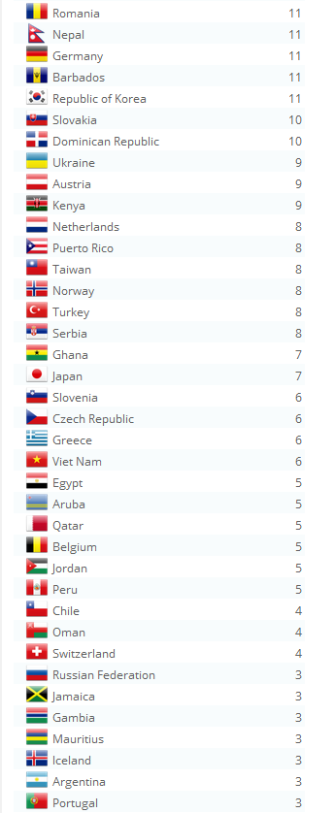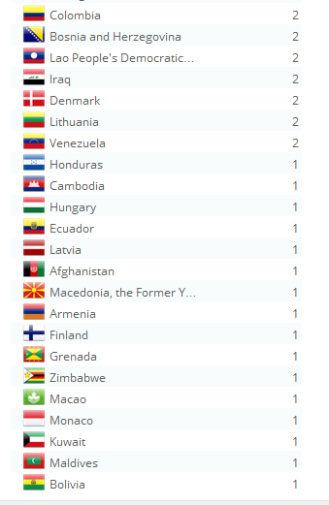Browsing Pinterest the other day I stumbled upon a wonderful article about how Praise effects children. (Part 1 and Part 2) As a Montessorian, I know I’ve had my own struggles with learning not to praise in the classroom. Everything around us tells us we should constantly reassure children they’re doing a great job and what they’re doing is amazing. After a while a child comes to expect that praise.
During a Parent-Education night once a parent asked me “What’s the worst habit parents have?” A few chuckles went around the room as I thought for a moment. It went very quiet when I said “Praise your child.” I explained by telling my favorite example of this:
When I first started at the school as an Assistant, I had the privilege of working with the most seasoned teacher in the school who would later become my mentor. One of my first days in the classroom, I was very eager to prove to her I was worth having in her amazing room. I wanted so much to be like her, I would watch her interactions with the children so I could manage them as well as she did.
One day, a girl in the class brought a picture to her, and said what we’ve all heard children say “Lookit this picture I made!” The teacher looked at the picture for a moment, nodded her head, then said “Make sure you put it in your folder to take home.”
I was blown away – this teacher that everyone revered so greatly just seemingly blew-off this little girl! The girl wanted praise, and the teacher didn’t deliver! As shocked as I was by what I saw, I continued to watch the little girl. With a smile on her face still, she walked away contentedly and put the picture away.
Later in the day I approached the teacher and asked her why the situation played out like that. She explained the concept of Over-Praising, and how it affects children’s self-esteem in the long run. It made sense, but I still wasn’t buying it 100%. For a few weeks I continued to tell each child who approached me with a picture “Wow, that’s amazing!” or “Great picture, I love it!”
Quickly I noticed that I was being inundated with children constantly asking me what I thought of their work. One day I had a small circle of children around me asking simultaneously how I liked their latest drawing. It was like a movie where the camera keeps spinning around the circle of faces as the little chorus chanted at me “How do you like my picture?!” I looked toward the Lead Teacher to see if she had the same thing happening to her and noticed she was sitting quietly observing the children around me. She didn’t have any children around her begging her for approval, so what was I doing wrong? I realized she was right about praise. By openly validating one child’s picture, I had to validate everyone’s.
The parents at that Parent Education night agreed with me then, and some shared similar stories of resorting to “That’s nice, dear” when being shown the 400th scribble on paper. I wish the articles above had been available at that point so I could have directed the rest of my parents to it.
I brought the concept of praise up during my Montessori Training and asked my instructor ways to constructively acknowledge what a child is showing me. Because Montessori is more focused on a child’s self-esteem, you need to redirect the attention to the child’s opinion, not your own. Why does it matter what I think of the picture? Shouldn’t it only matter what the child thinks? So instead of praise, I now prompt with specifics:
- What are you going to do with this at home?
- What’s your favorite part of the project?
- What’s happening here on the picture?
- How do you feel now that you’ve finished ____ ?
Not one of these statements has to do with my feelings. Ideally we want the child to be happy with what they’ve accomplished. Why should the discussion be about how I feel then? Otherwise, you’re basically saying to the child “It’s only a good picture if I think so.” Self-esteem comes from within, so give children the chance to exercise their own pride and accomplishment.
Do you find it difficult not to praise? Do you continue to praise anyway? Is praise not an issue in your culture? Please share!





